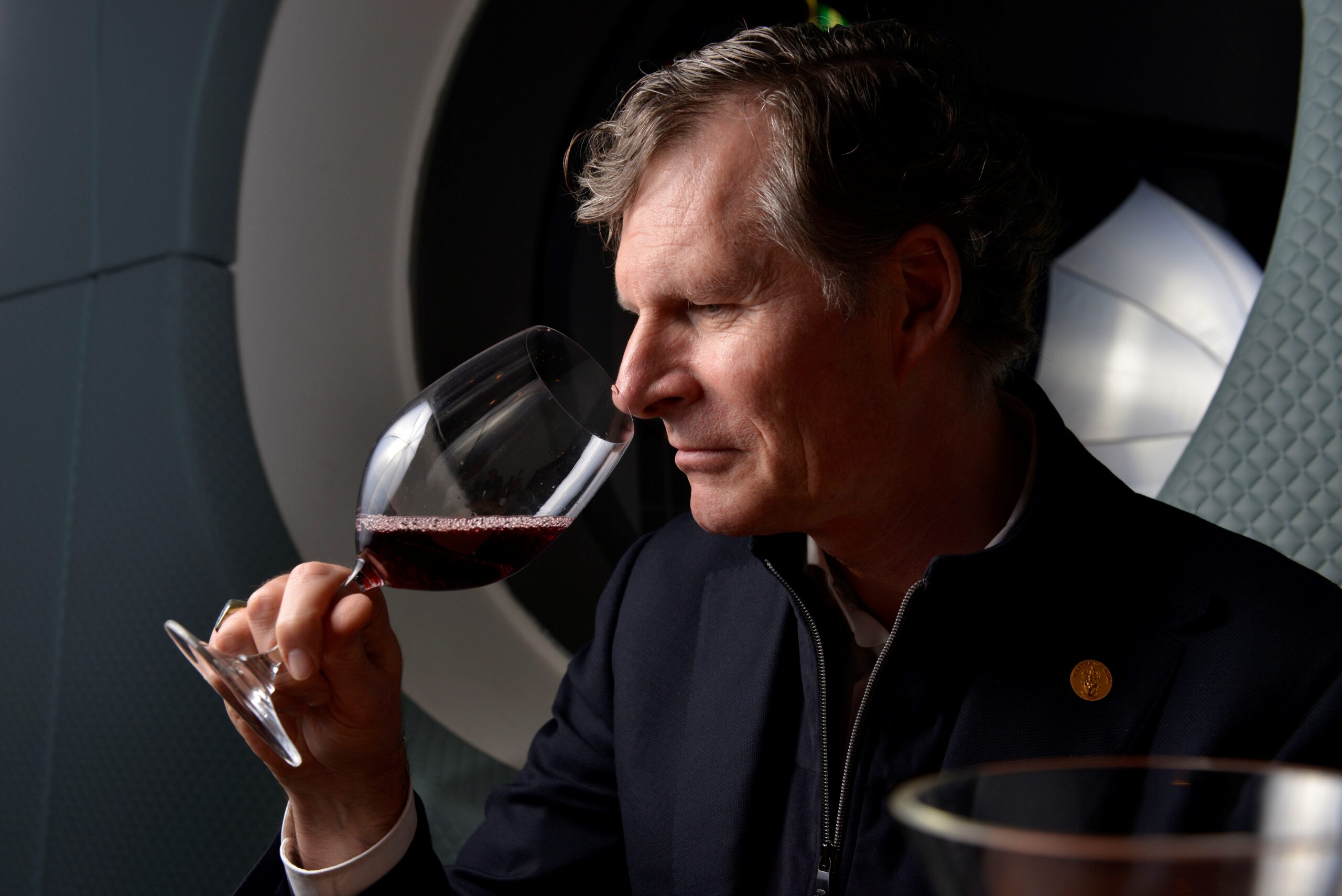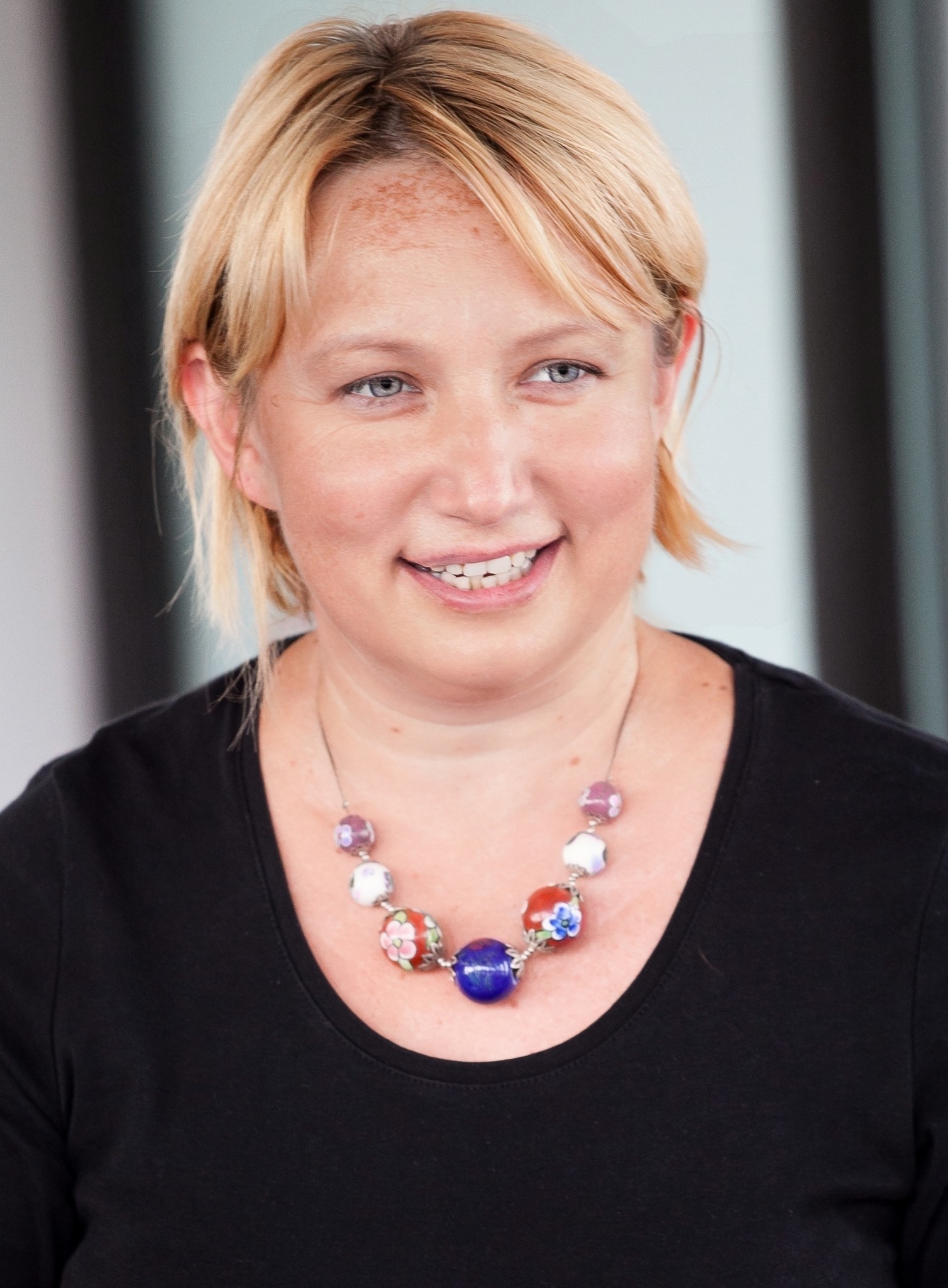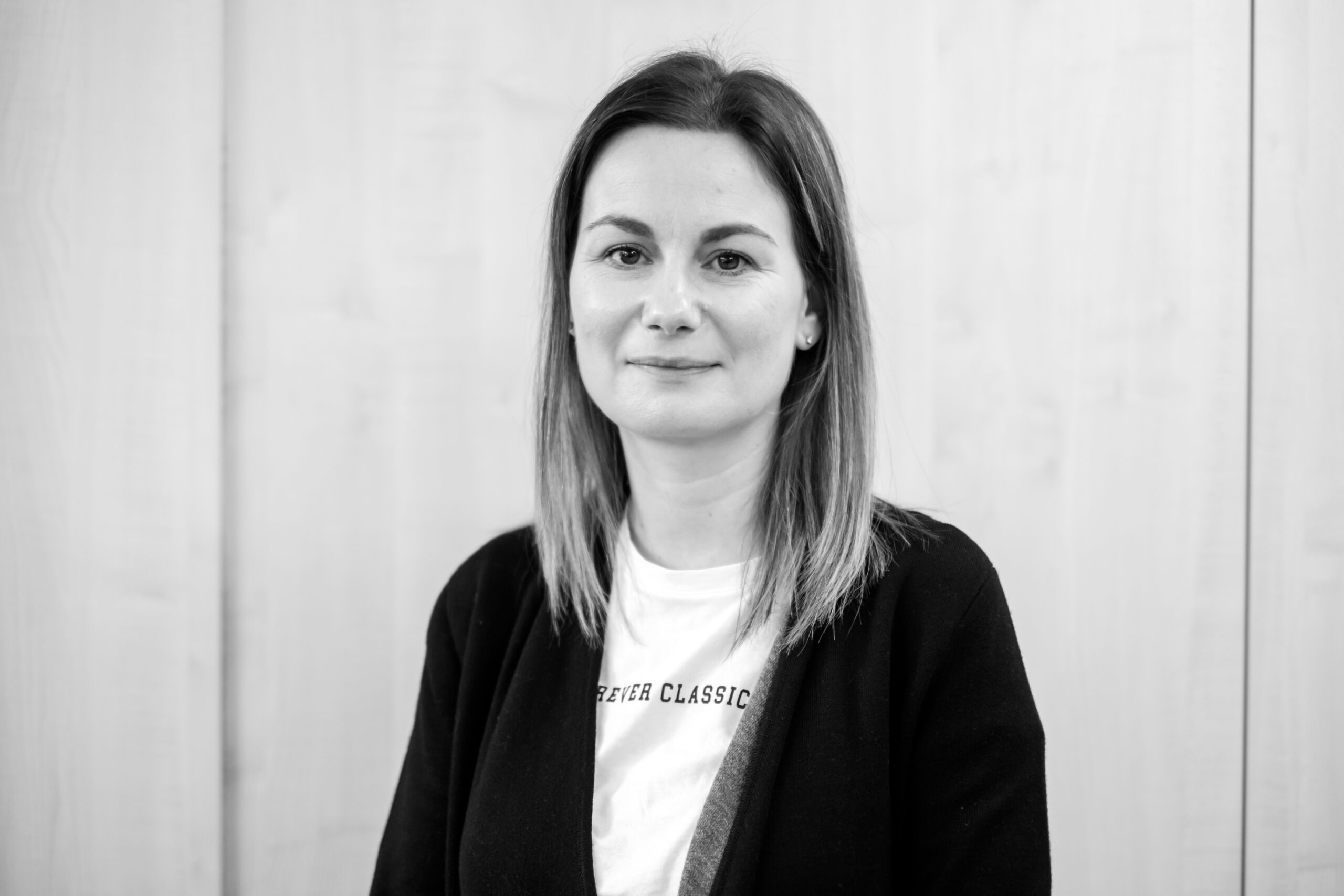ABOUT THE COMPETITION
We are organising the Franc Du Monde International Wine Competition in 2022 and aim to make it a tradition. We plan to have a similar event every two years.
All Cabernet Franc single-varietal wines, Cabernet Franc-based blends and older vintages – not only from Europe but also from overseas – that meet the criteria in the call for entries are welcome to participate in the competition.
The competition will be held for the first time on 10 June 2022 in the Siklós Castle. The jury will consist of international experts and media professionals as well as Hungarian experts and media representatives.
CALL FOR ENTRIES
The Villány Wine Region is organising an international Cabernet Franc competition called Franc Du Monde for the first time in 2022.
Entries to the wine competition can be made in the following categories:
- classic: Cabernet Franc single-varietal wines with at least 9% ABV
- premium: Cabernet Franc single-varietal wines aged for at least 12 months in oak with at least 12.5% ABV
- older vintages: Cabernet Franc single-varietal wines with vintage at least ten years ago (in 2022, wines from the 2012 vintage or older)
- blends: blends containing at least 70% Cabernet Franc
Entry fee: First sample: €60, each additional entry €40/sample.
ENTRY PROCEDURE
You can enter from 01/02/2022 until 20/05/2022, by completing the entry form. We will then send you an email confirming your registration and entry. Entry will become final upon receipt of the entry fee in our bank account.
Samples may be submitted to the competition by wine producing companies, individual wine producers and wine merchants.
When entering the competition, participants must declare the quantity of wine represented by the sample; this must be at least 500 bottles. The exact quantity must be stated on the entry form.
The entrant must send six bottles per sample free of charge and in their original packaging to the organiser of the competition in the case of 750ml bottles. If the packaging is not 750ml, then a minimum of 4 litres are required. Bottles must indicate the place of origin under which the product is marketed. In addition, one label identical to those used on the samples must be attached.
To enter the competition, entrants must pay the prescribed entry fee per sample as specified by the organiser.
When submitting the wines, the entry form, printed and signed, must be included in the package.
Please remember to attach any necessary documentation (marketing authorisation and analytics) to your entry!
Deadline for physical receipt of wines: 01/06/2022
Wines should be sent to: Villányi Borvidék Hegyközségi Tanácsa, 7800 Siklós, Felszabadulás u. 80, Hungary
Please consider the date of the final deadline when sending the wines. We advise you to check delivery times from abroad beforehand.
JUDGING SYSTEM
The wines will be evaluated by international jury panels. Each panel will consist of 5-7 recognised tasting experts. The organising country will nominate up to 50% of the members of the jury.
The work of each panel will be overseen by its panel chair. The President of the Wine Competition may also assist in the performance of these duties. The panels will work in silence and in full compliance with the conditions laid out in the Competition Rules.
Evaluation of the wines will take place using tablets and a computer-assisted 100-point positive evaluation sheet as recommended by the World Federation of Major International Wine and Spirits competitions (VinoFed), the UIOE and the OIV.
If one or more panel members consider the sample unsuitable, they may initiate its exclusion. If necessary, the sample may be excluded by the unanimous decision of the panel members.
The points given by the judges are totalled by the technical secretariat with the aid of a computer programme, with the calculated average giving the final score for the wine. Any scores that vary by more than 5 points from the average in either direction (both positively and negatively) will not be counted.
Rules of the FRANC
DU MONDE International Wine Competition
Preamble
The Franc Du Monde International Wine Competition will evaluate Cabernet Franc wines in accordance with the method recommended by the OIV (OIV Standard 2009), which is based on VinoFed (World Federation of Major International Wine and Spirits competitions) professionally stringent regulations.
I. Concepts
- The wine competition is an event that aims to evaluate submitted samples based on organoleptic judgement. The samples at the Franc Du Monde International Wine Competition (hereinafter FDM):
- can be submitted from any country or wine region in the world.
- retain their anonymity during the evaluation process and until the results are published.
- The entrant is a natural person, wine producing company, individual wine producer or vocational education or research institute which enters the FDM as provided for by these rules and submits a sample.
- A sample is a beverage item submitted to and accepted by the competition.
- The sample may only achieve its red colour as a result of its production method and raw material.
- The sales category indicates that the beverage is commercially available. The minimum number of sales items is governed by these rules of participation.
- The type of wine refers to the style of the wine (e.g. natural wine, sparkling wine, etc)
- Packaging: only bottled wines are eligible to participate in FDM.
- The quality category refers to the category of protection for natural wine under EU law (Protected Designation of Origin – PDO, Protected Geographical Indication – PGI and Without Geographical Indication – GI) as well as synonymous traditional expressions (quality wine from a specified region, special quality wine from a specified region, origin protected wine).
- The judging category is the classification used to group the samples and determine the tasting order.
- The special characteristic category is used to denote any specific technology used to make the wine. This includes, for example, barrique fermentation or ageing.
II. Conditions of entry
The Wine Competition is organised by Tenkes Borvidékfejlesztő Nonprofit Kft.
The competition is open to wine producers’ red Cabernet Franc wines which meet the requirements of their country of origin.
The winery shall be in possession of the relevant authorisation from the competent authorities to market their wine. Received samples will be categorised into judging categories and groups in accordance with these rules.
Samples will be judged in the classic, premium, older vintages and blends categories, which are defined as follows:
- classic: Cabernet Franc single-varietal wines with at least 9% ABV.
- premium: Cabernet Franc single-varietal wines aged for at least 12 months in oak with at least 12.5% ABV.
- older vintages: Cabernet Franc single-varietal wines with vintage at least ten years ago (in 2022, wines from the 2012 vintage or older).
- blends: blends containing at least 70% Cabernet Franc.
Samples may be submitted to the competition by wine producing companies, individual wine producers and commercial organisations.
When entering the competition, participants must declare the quantity of wine represented by the sample; this must be at least 500 bottles. The exact quantity must be stated on the entry form.
The entrant must send six bottles per sample free of charge and in their original packaging to the organiser of the competition in the case of 750ml bottles. If the packaging is not 750ml, then a minimum of 4 litres are required. Bottles must indicate the place of origin under which the product is marketed. In addition, one label identical to those used on the samples must be attached.
To enter the competition, entrants must pay the prescribed fee per sample as specified by the organiser.
Wine samples to be submitted for evaluation must specify the following information per sample on the entry list:
- name and address of the participant
- name of the wine, according to the regulations of the country of origin (place of origin, variety, brand name, vintage, LOT number and NSBIH licence number for Hungarian wines)
- quantity of wine stock (number of bottles)
- name(s) of grape varieties and their percentage in the product
- characteristics of the cultivation method and winemaking process
Each sample must be accompanied by the entry form and a Certificate of Chemical Analysis (NSBIH) including the following information:
- alcoholic strength by volume in %
- sugar content in g/l
- titratable acidity and tartaric acid content in g/l
- volatile acidity content (acetic acid in g/l)
- total and free SO2 content in mg/l
- in the case of sparkling wines, the overpressure in the bottle, expressed in bar
For non-EU countries, you must send three copies of a Pro Forma invoice per sample (two copies attached to the sample and one copy via email to the organiser), which states alcohol content, colour and value of wine per sample as well as “Franc du Monde International Wine Competition, 2022, sample without value, will not be marketed or sold.”
III. Conduct of the wine competition and operation of the panels
Upon receipt of the samples, the organiser of the competition will appoint a panel of national experts, who will examine the samples received and determine whether the information on the bottles matches the information given on the entry form. They will correct any errors and exclude any samples that do not comply with these rules. Then, in accordance with the rules, the panel will classify the wines based on the characteristics indicated on the entry form. If necessary, they will determine these characteristics themselves.
Compliance with the rules of the wine competition is the responsibility of the presidency. The presidency will consist of three members, as follows:
- the president, from the organising country
- two winemaking experts or consultants
The president and expert consultants will not participate in the judging, but at least one will always be present on site.
The wines will be evaluated by international jury panels. Each panel will consist of 5-7 recognised tasting experts. The organising country will nominate up to 50% of the members of the jury. The other, foreign jury members will come from different countries. The composition of the panels will be determined by the organisers.
The work of each panel will be overseen by its panel chair. The President of the Wine Competition may also assist in the performance of these duties.
The panel chair will be responsible for the following:
- checking the preparation for the tasting before it starts,
- checking that the tasting samples are in the correct order and opening the samples,
- ensuring the samples’ temperature, identity and anonymity for the members of the panel, as well as paying attention to the appropriate level of service,
- checking the work of the technical secretariat: informing the secretariat members about the tasting samples as well as verifying the correct and accurate functioning of the evaluation software (e.g. the calculation of the evaluation score),
- monitoring the presentation of the samples, correcting any erroneous changes in order and removing any samples that do not comply with the rules,
- if he considers it necessary, ordering the re-tasting of samples in cases where:
- the majority of the panel members request it,
- there are significant differences in the scores given by the members,
- something abnormal is tasted or a wine fault is suspected,
- in exceptional cases, where a wine has not been properly evaluated due to incorrect classification.
The anonymity of the wines must be maintained throughout the tasting and the following must be respected:
- each panel will work separately, in silence, under a light source that does not alter the colour of the wine. Only those participating in the tasting may be present in the tasting room. The tasting room’s temperature should be maintained at 20-24°C. No smoking is permitted, and strict silence must be observed,
- opening of bottles and decantation of wine (where the rules prescribe decantation) must take place out of view of the members of the jury,
- the serial number and name of each member of the jury will be displayed on the homepage of the jury software, clearly indicating the judge’s location within the jury,
- the tasting glasses shall be of a type permitted by the OIV,
- the panels will work from 9.00 to 15.00. A maximum of 45-60 samples of dry wine will be judged per tasting session. A maximum of 15 samples will be judged in any one flight, with a break of minimum 30 minutes between each flight.
Water and bread are available to the jury members while judging. There will be breaks during the judging, when other food and drinks may also be served.
Decisive criteria for establishing the wine sample sequences and the tasting order are:
- sugar content: starting with the drier wines
- according to vintage: the flight will start with the younger wines
- according to intensity of oak ageing: wines with a less oaky character should be tasted earlier
The wines will be judged at the following temperature: 16-19°C.
At the start of each tasting series, the panels will hold at least one calibration tasting (introductory wine), during which they can discuss members’ scores, in the interest of developing relatively balanced review requirements. The members of the jury will work in total silence, without giving any indication of their impression of the sample. Before the presentation of each sample, the members of the panel will receive an electronic evaluation sheet by electronic means; this contains the technical details of the sample to be tasted. At the end of the evaluation, the software collects the evaluation sheets and checks they have been completed correctly. Once all members of the panel have finished, the panel chair will validate the result of the sample evaluation.
The members of the panel may not obtain a copy of the evaluation sheet and may not gain awareness of the scores or awards given to each wine on that day before the tasting is complete.
IV. Evaluation sheet
Evaluation of the wines will take place using tablets and a computer-assisted 100-point positive review sheet as recommended by the World Federation of Major International Wine and Spirits competitions (VinoFed), the UIOE and the OIV.
If one or more panel members deem the sample unsuitable, they may initiative its exclusion. If necessary, the sample may be excluded by the unanimous decision of the panel members.
The points given by the judges are totalled by the technical secretariat using a computer programme, with the calculated average giving the final score for the wine. Any scores that vary by more than 5 points from the average in either direction (both positively and negatively) will not be counted.
V. AWARDING OF PRIZES
Wines at the Franc Du Monde International Wine Competition will be judged in four categories: classic, premium, older vintages and blends.
Champion: One wine in each of the four categories may be awarded the competition champion prize; this is selected from the top three wines within that category.
The following medals will be awarded in each category:
- Gold medal (at least 92 points)
- Silver medal (at least 86 points)
- Bronze medal (at least 80 points)
The number of medals awarded may not exceed 30% of the total submitted wines; if there are more than this, the wine competition presidency will raise the point thresholds proportionate to the number of those exceeding 30%. (In the case of fractions, the score is calculated by rounding).
Best of Country: If there are at least ten samples from a foreign country, the gold medal with the highest score among these will receive a special award.
In addition to the prizes listed above, the organiser may also award other special prizes.
The organiser reserves the right to check and identify the quality of the commercially available wine with a sample of the same wine in the competition.
The organiser of the wine competition authorises, under special conditions, the display of the prize on the bottle (on an additional label or printed on the label itself) for wines that have won champion and medal awards. Unagreed reference to and use of the logo will result in exclusion from subsequent competitions.
Classification of wines
Red wine category (3)
type sugar content (g/l) subclass
dry 0 – 4 3.9
other 4,1 – 3.10
Let to know them!

Davide Bortone
Editor-in-chief of winemag.it
Cees van Casteren
Master of Wine
Sue Tolson
DipWSET
Jeroen Terhorst
Account Manager Fine Wine Shops
Németh Ágnes
Author at Hungarianwines
Sebestyén Csilla
Bortársaság
Vancsik Ivett
DipWSET
Ximena Pacheco
Winemaker from Chile
Aleksandar Zeremski
Winemaker from Serbia
Fiáth Attila
Budapesti Corvinus Egyetem
Győrffy Zoltán
Pécsi Borozó-Főszerkesztő
Joel B. Payne
Sommelier
Niklas Bergqvist
Sommmerlier-Svédország
Romsics László
Csányi Pincészet-vezérigazgató








